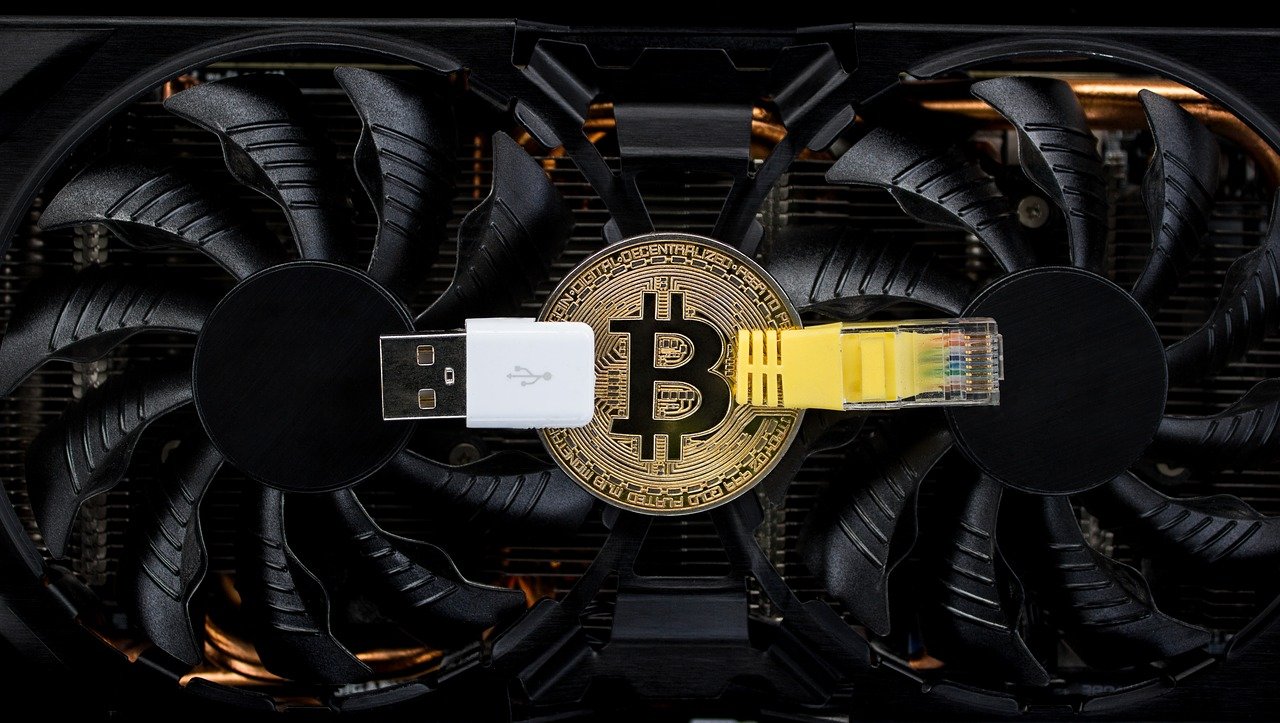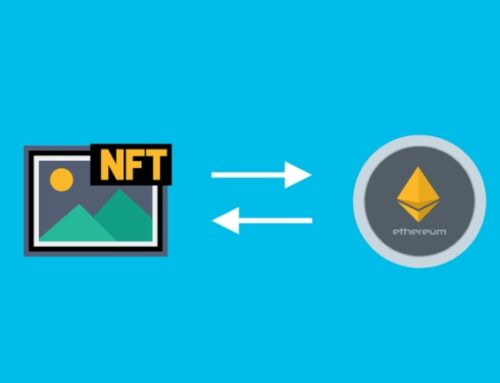Most people think of crypto mining simply as a way of creating new coins. Crypto mining, however, also involves validating cryptocurrency transactions on a blockchain network and adding them to a distributed ledger. Most importantly, crypto mining prevents the double-spending of digital currency on a distributed network.
What exactly is Crypto Mining?
Simply put, Crypto mining is the process of validating a cryptocurrency transaction. It is the process where specialized computers, also known as nodes or mining rigs, validate blockchain transactions for a specific cryptocoin and, in turn, receive a mining reward for their computational effort.
Cryptocurrencies like Bitcoin use distributed public ledgers to record all financial transactions. Each transaction is linked to the previous and subsequent transactions, which creates a chain of records called a blockchain. Because the distributed ledger is public, each record needs to be validated in order to prevent fraudulent transactions. Validation involves solving a complex mathematical problem that is difficult to solve, but easy to verify.
What is a Distributed Public Ledger?
Every time a new coin is unlocked, it’s recorded in the cryptocurrency’s ledger, a massive file anybody can access at any time to see which coins were mined when and by whom. The ledger also shows when a coin changed hands, and who was involved in the transaction, putting the lie to the claim that Bitcoin is anonymous.
To summarize, the ledger records the creation and movement of coins in the blockchain. Mining is validating new blocks and gaining access to the coins within. Interestingly enough, since the blockchain has to be finite, it also means that most cryptocurrencies have a hard limit to how many can exist: Bitcoin for example has a cap of 21 million.
How does Cryptocurrency mining work?
Cryptocurrency mining is how miners compete to prove their computational work in exchange for a block reward. A network of computers called crypto miners compete to solve the problem first. The computer (miner) that solves the problem first earns the right to post the transaction to the ledger and gets a financial reward, which is typically paid in cryptocurrency.
After successfully establishing the block’s validity, the mining party cements the blockchain addition and receives the mining reward for allocating the pool. Although anyone can become a miner, the cost of the hardware and energy required to be competitive and solve complex mathematical problems first can be a big barrier to entrance.
Who Updates the Blockchain (and How Frequently)?
Because there’s no centralized regulating authority to manage or control exchanges, it means that the computers that mine that specific type of cryptocurrency are all responsible for keeping the ledger current. And updates to the blockchain are frequent. With a cryptocurrency blockchain, anyone can see and update the ledger because it’s public.
Is Crypto Mining Legal?
In general, the answer is yes. It’s important to note that cryptocurrency mining is viewed differently by various governments around the globe. Determining whether crypto mining is legal or illegal primarily depends on two key considerations:
1. Your geographic location, and
2.Whether you mine crypto through legal means.
However, where you start to tread into the territory of illegal activities is when you use illicit means to mine cryptocurrencies. For example, some cybercriminals use Javascript in browsers or install malware on unsuspecting users’ devices to “hijack” their devices’ processing power. This type of cyber-attack is known as cryptojacking.
In Conclusion
In a nutshell, crypto miners verify the legitimacy of transactions in order to reap the rewards of their work in the form of cryptocurrencies. Although crypto mining has only been around since Bitcoin was first mined in 2009, it’s made quite a splash with miners, investors and cybercriminals alike.
Cryptocurrency mining is an interesting alternative to the traditional centralized systems that currently operate throughout the world. However, it’s very taxing in terms of computer and power resources and isn’t feasible for many users as a result.







Leave A Comment